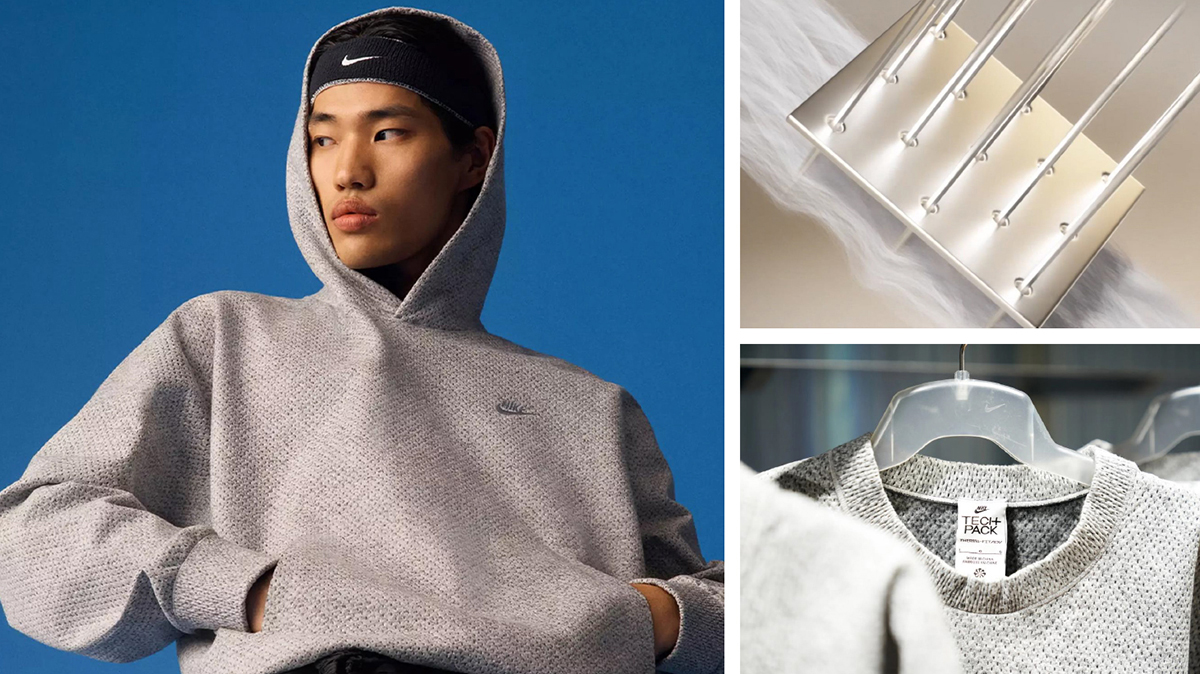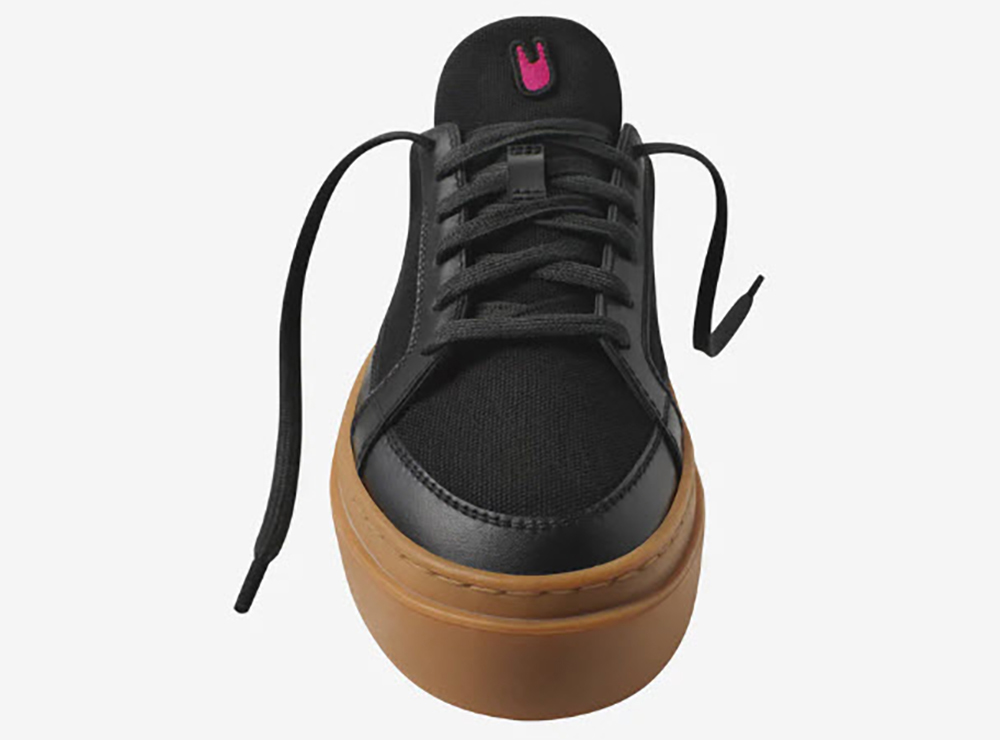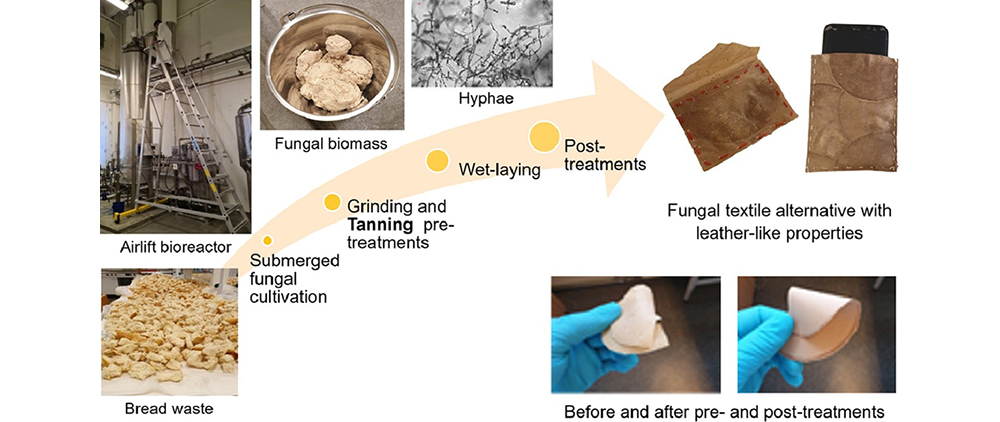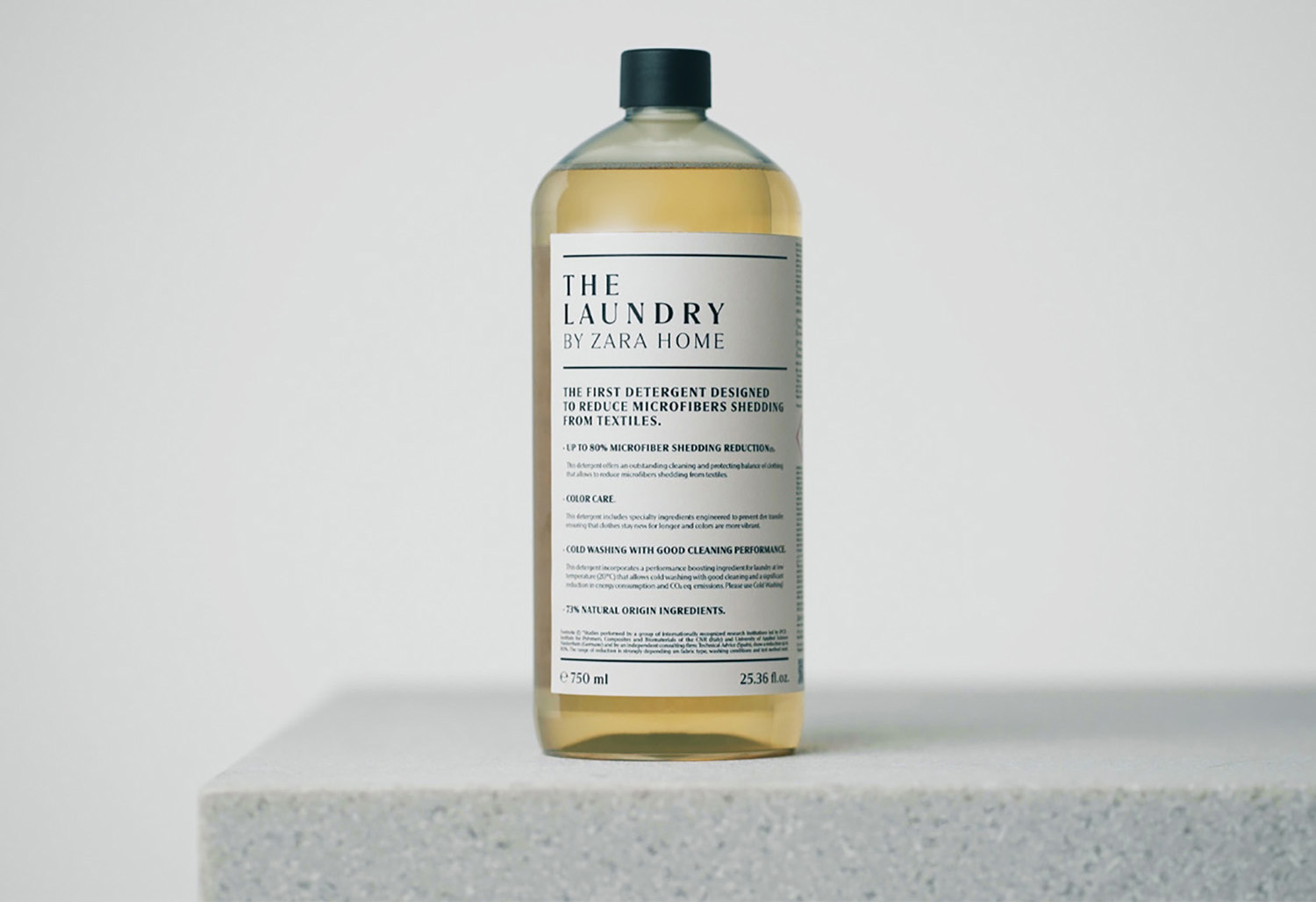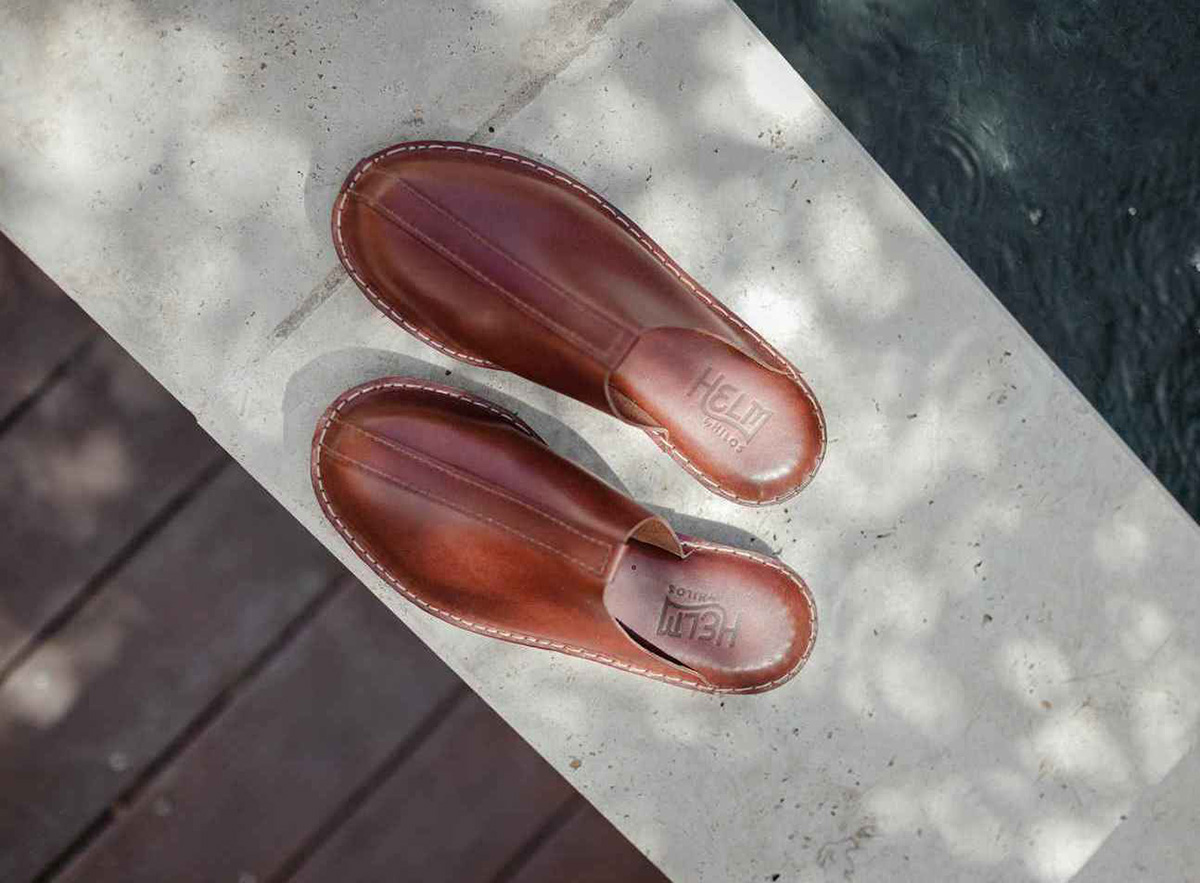
After a tumultuous year that started out being unclear, the textile & apparel industry remained strong. World Textile Information Network’s editorial team put together what they think are the best innovations to come from 2022.
Throughout 2022, World Textile Information Network explored over 1,200 news stories, features, journals, reports, fireside chats and podcast episodes, bringing you innovations from India, the US, the UK, Africa and more — all from our own platform.
At the start of the year, all stood unclear. The industry was in the midst of Brexit aftermath, the war between Russia and Ukraine, plus the energy and cost of living crisis were all imminent. However, the textile & apparel realm remained, as always, resilient. The global textile market grew from US$530.97bn in 2021 to US$577.83bn in 2022 at a compound annual growth rate of 8.8%.
This year brough high-tech fibres that change colour, sustainable materials made from kelp, life cycle assessment interventions, mergers and acquisitions, graphene exploration and breakthrough digital dyeing and finishing technologies among other things. As we roll in 2023, the possibilities now seem endless when it comes to innovation. We can expect massive movement in the technology, material and product development areas. The WTiN editors picked the innovations they thought were most impactful from 2022.
Material innovations
Nike Forward hailed for “its most significant apparel innovation in 30 years”
In an important development for the nonwovens industry, Nike believes the time is now right for consumers to accept trade-offs between easy convenience and sustainable gains. Until only very recently nonwovens in the apparel industry have been largely confined to three areas – as disposable protective clothing for frontline workers.
By moving away from traditional knitting or weaving processes, Nike has discovered it can simplify material fabrication by eliminating yarn spinning as well as reducing process steps compared to the traditional multi-stage creation cycle for garments. The Nike Forward material also has a lighter density than traditional knitted fleece, which achieves a 75% carbon reduction in production. The finished product is also comprised of 70% recycled content by weight.
The key limitations of nonwovens in apparel developments over the years have been in drape, breathability, pilling, abrasion resistance and washability – all of which are not easily overcome. Significantly, Nike Forward 100% nonwoven monomaterial garments forgo all embellishments; they come without zippers or any other extra trims, with raw cut pockets. The fabrics are also undyed, to minimise water usage.
A decomposing sneaker made from bio-based materials
Natural Fibre Welding (NFW) and UNLESS Collective worked together to create a plastic-free, biobased shoe – known as the Degenerate – which is designed to be decomposed. According to NFW, the shoe uses its entire ecosystem of bio-based and plastic-free performance materials: a PLIANT™ outsole, TUNERA™ foam for the internal midsole, CLARUS® textile for the vamp and quarter and MIRUM® leather alternative for the upper overlays.
Based in Illinois, US, NFW says in total, 95% of the shoe, by weight, is made of its materials, and adds the shoe also uses low-impact textiles such as linen, cotton embroidered lace tips, coconut husk and Tencel™ thread.
NFW says due to the properties of its proprietary plant-based bio-composites, the entire shoe can easily be mechanically broken down into either plant food and soil or new material for its future products. Eric Liedtke, co-founder and CEO of Unless Collective, says: “We loved collaborating with our friends at NFW to create this revolutionary sneaker. The Degenerate is for anyone who doesn’t want to compromise their style to do what’s right for the planet.”
Alternatives to leather materials
There have been several innovations in 2022 with regards to leather alternatives. In August, Jessica Basey, WTiN’s technical textiles lead, delved into how next-generation materials look to replace some of textile & apparel’s most conventional materials, already building momentum in areas such as alternative leathers.
For example, in March, WTiN reported on a fungal leather-like textile headed out of Stockholm, Sweden, that utilises supermarket bread waste as its cultivation feedstock. Elsewhere, Ecovative, mycelium technology company, and ECCO Leather, part of the Danish footwear brand ECCO and creator of innovative and premium leathers, launched an ongoing partnership set to develop and commercialise the next generation of mycelium materials for a range of new products.
The companies say the partnership leverages Ecovative’s (based in New York, US) strengths in developing sustainable materials with mycelium – the fibrous “root structure” of mushrooms – and Ecco Leather's (based in Denmark) expertise in the development and production of leather for a wide range of consumer products. Ruby Penson, WTiN’s digital news editor, interviewed Ecovative’s co-founder for WTiN’s Textile Innovation podcast.
Product innovations
Reducing microfibre shedding from textiles by up to 80%
Zara Home, part of the Inditex company, has created a new laundry detergent that reduces microfibre shedding from textiles by up to 80%. The detergent, The Laundry by Zara Home, contains a formula combination of efficient BASF ingredients that get laundry clean even with a cold wash – helping to reduce carbon emissions and extending the life of clothing.
The solution can also be adjusted to enable the use of this technology by other detergent manufacturers, according to Inditex. Javier Losada, chief sustainability officer of Inditex, says: “Innovation and collaboration are key to meeting the challenges of the textile industry. We strive to be more creative and efficient by driving innovative new technologies. This project with BASF is a good example of this approach as it shows the effectiveness of cross-industry collaboration and goes one step further as it can be adjusted to extend the use of this technology in the industry.”
Depending on the fabric type and washing circumstances, the innovative approach developed by Inditex, BASF and I&I Solutions Europe, in both Spain and Germany, may reduce microfibre release in textiles, says the group. It adds several other organisations have tested these findings, for instance, end users can reduce their energy usage by switching from 40°C to 20°C, as an example, which lowers their carbon footprint, lengthens the colour retention and increases the longevity of the materials.
Sustainable alternative to legacy shoemaking through 3D printing
In 2020, 20.5bn pairs of shoes were produced around the world, reports Statista. Despite efforts to stop unwanted shoes from going to waste – such as developments to the second-hand clothing market and tracking technologies – around 90% of footwear still ends up in landfills. Otis Robinson, WTiN’s industry 4.0 lead, investigated a recently published report that posits 3D printing as a sustainable alternative to traditional shoe manufacturing.
Robinson found industry stakeholders and academia suggest shoe recycling and upcycling as one way of answering this issue, but recycling proves difficult, since it requires shoe disassembly, and some combination fibres are difficult to separate. Plus, the market for upcycled shoes has thus far been weak. According to the paper, one way to mitigate this damning environmental footprint may be to turn to the start of the shoe supply chain – to reduce the impact of shoemaking processes altogether and adopt alternative materials.
Hilos, a US-based zero-waste manufacturer, explored the subject of traditional industrial shoemaking depending on overproduction and material waste in a report. It found that brands are paying to make things that may not even reach the point of purchase, in some cases overproducing up to 35% and wasting 76% of material.
Introducing graphene to the mainstream
Graphene-based apparel hit the high street this year due to Reebok and Superdry, 17 years after it was originally discovered. Graphene – a one-atom-thick layer of carbon atoms arranged in a hexagonal lattice – has earned its reputation as a “wonder material” for its strength, electrical conductivity and light weight. Yet despite these impressive qualities, graphene has only been successfully integrated into a handful of products such as high-end wetsuits and performance footwear.
Neill Ricketts, CEO of the advanced materials group Versarien which is collaborating with Superdry to make graphene products, spoke to WTiN in January, saying: “Now is the time for graphene.” The duo are using graphene to create heat conductive garments to keep the user warm.
Reebok’s Thermowarm+Graphene collection – which comprises pants, a cotton fleece hoodie and a zip-up jacket – helps retain 8-15% more heat than conventional textiles, the companies added. To utilise graphene in the most commercial, versatile approach possible, Reebok has developed a graphene-infused roller print on four woven and two knit textiles. With this printing approach, the company says it can amplify the heat retention of any of its textiles.
Technology innovations
Innovation in tailoring technology
Fashion brand Boss and The Woolmark Company have introduced their latest innovation in tailoring technology this year: the Knitted Suit. The Woolmark Company’s managing director John Roberts talked to Madelaine Thomas, content lead at WTiN, about the product’s development, industry advancements and challenges.
The bold innovation in comfort, craft, style and sustainability is designed by “pioneers to embrace performance and technical advancements”, according to the companies. Roberts says The Woolmark Company and Boss have a long-standing relationship “that has been built on both quality and innovation.”
The suit is made from Merino wool, as is used in traditional suiting. The fibre’s natural properties – including temperature regulation, natural elasticity, superior softness and resistance to stains, odours and wrinkles – facilitated this evolution in tailoring. The Knitted Suit’s innovative product development by Boss is a newly designed wool-rich product. Roberts says, in contrast to traditional men’s suits, the outer fabric and lining cannot be differentiated, because all parts of the Knitted Suit are manufactured using fully fashioned techniques and simultaneously (with different yarns) on Stoll ADF knitting machines.
Direct-to-garment software for entire digital print production
Brother Myze – a software solution that has been developed in-house for the garment sector by Brother Technologies’ digital solutions department – was released in June this year. The package of individual applications covers all areas and needs of digital print production. Brother Myze includes the Myze Creator, a retail kiosk solution that takes care of the entire process from front to back end.
Brother Myze also takes care of the customer choice of designs to the finished shirt without additional software. It uses a customisable touch terminal which allows for designs to be created in the print shop. Folker Stachetzki, marketing manager at Brother, said at the time: “Digitalisation and automation in the direct-to-garment sector are becoming increasingly important. After consultation of some of the leading textile producers and other end customers.”
Joseph Link, digital textiles lead and editor, heads up WTiN’s one-of-a-kind Digital Textiles Market Tracker – an interactive tool that provides data-led intelligence on the digital textile machinery and ink markets. Providing a global overview and country-by-country analysis, the tool offers a statistical assessment on digital textile print technology, production volumes and market size. It allows users to identify opportunities in the sector and deliver tangible business growth.
Plant-based alternative for thermal conductivity
Researchers from the University of Tokyo’s graduate school of engineering, Japan, have discovered a new material made from nanoscale cellulose fibres shows high thermal conductivity – the reverse of the usual properties of plant-derived materials, according to the researchers. WTiN’s Cara Dudgeon, assistant news editor, and Victoria Nickerson, WTiN’s smart textiles lead, covered the innovation in November.
The research team, led by Professor Junichiro Shiomi, say as this area is known to be dominated by synthetic polymer materials, the discovery could improve the environmental benefits and lead to greener technological applications where thermal conductivity is needed. By their nature, cellulose fibres are very disorganised, but a process called the flow-focusing method combines cellulose fibres and orientates them in the same way to create CNF.
In applications where heat transfer is important, such as certain electronic or computational components, it could greatly reduce the consequences of discarded electronic equipment, or e-waste, due to the biodegradable nature of CNF and other plant-based materials, they add.
Have your say. Join the conversation and follow us on LinkedIn


